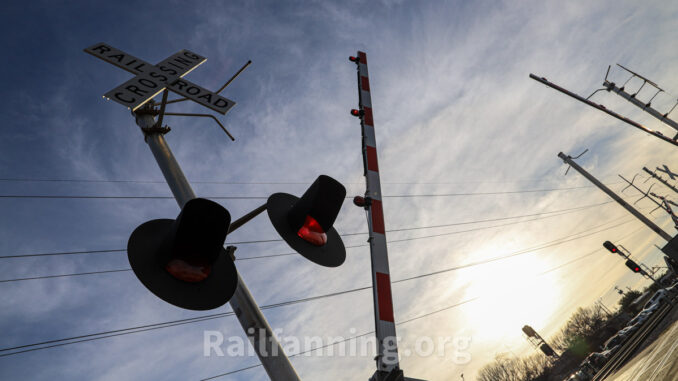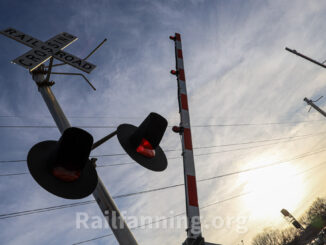
(The Center Square) — Data shows Georgia is among the worst states for grade crossing crashes.
According to Operation Lifesaver, citing preliminary 2021 Federal Railroad Administration statistics, Georgia had 132 grade crossing collisions with eight deaths and 37 injuries. The Peach State ranked behind Texas and California for the number of collisions.
According to the Georgia Department of Transportation, in 2018-20, there were 283 crashes with 22 fatalities and 63 injuries at grade crossings in the state. Between 2018-20, 12.4% of all injuries and 5.3% of all fatalities occurred at grade crossings with gates.
Jennie Glasgow, Operation Lifesaver’s state coordinator for Georgia, told The Center Square it’s not necessarily surprising the state nears the top of the list, considering it is one of the more populous states and is an important railroad state.
The number of crashes in Georgia increased from an average of 81 in 2010-12 to 99 per year in 2017-19, even as the annual number of crashes during 2009-19 nationally stayed constant.
Across Georgia, there are more than 5,000 railroad crossings. However, less than half — roughly 45.2% — have gates, while about 2.9% have flashing lights but no gates.
The majority — roughly 51.9% — are so-called “passive” crossings, meaning they do not have flashing lights or gates.
It begs the question: Would more funding from the state or federal government reduce the number of crashes at grade crossings?
“Certainly more funding helps, but money does not solve all problems,” Benjamin Dierker, director of public policy at the Alliance for Innovation and Infrastructure, told The Center Square.
“The good thing is that highway-rail crossing incidents have declined considerably from two decades ago and mostly plateaued at a lower level today,” Dierker added. “No doubt, funding is partially responsible – both as investments in technology/infrastructure and through awareness and education.”
Dierker noted that funding might be useful to local governments with jurisdiction over the roadways and crossings.
“Gates and infrastructure improvements are very useful in preventing crossing accidents, but local governments often lack the resources (or do not prioritize their funds) for this purpose,” Dierker said. “That makes state or federal grants useful for helping local governments make these infrastructure improvements.
“That said, because money does not solve all of the problems, another is driver behavior,” Dierker added. “Even with top-notch infrastructure and fully funded awareness campaigns, we’ll always have erratic drivers, intoxicated crossers, trespassers, and more.”
This article was published by The Center Square and is republished here with permission. Click here to view the original.



